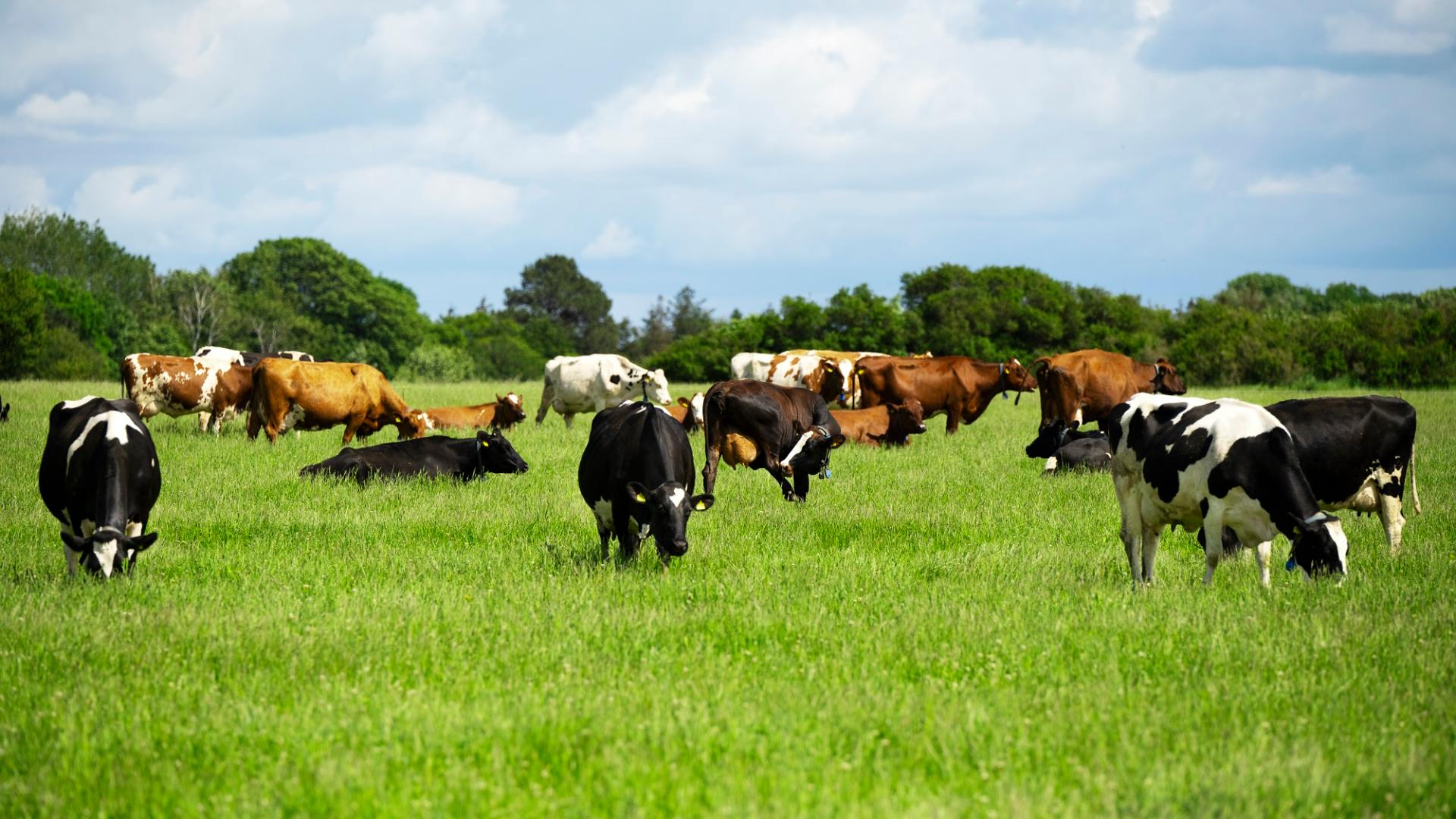Are you covered?
Read about cover crops and their value to agriculture and reducing leaching of nitrate and the promotion of biodiversity

European countries have different sets of rules that farmers have to adhere by in order to be in compliance with european legislation
It can be quite a challenge for farmers to navigate the different sets of rules and requirements
Cover crops are valuable tools in crop systems in agriculture and also governmental instruments to reduce leaching of nitrate and promote biodiversity.
As cover crops grow, die and break-down, they feed the soil food web and improve soil quality retaining nutrients, adding carbon, increase water holding capacity while reducing runoff and evaporation, hence overall variability against weather extremes. They have the added bonus of stimulating microbial activity because they supply food (carbon) for the microorganisms to feed on.
Cover crops can aggressively scavenge and cycle nutrients from deep within the soil profile making them available in the root zone of subsequent crops, improving yields and reducing runoff into sensitive environments. The extensive root systems cling to the top layer of soil creating an interior shield from erosion while top growth minimizes wind and water erosion. Deep burrowing roots break through compacted soil to create pore space improving aeration, water movement and helping soil organisms flourish.
Cover crops shade out winter annuals and other weeds and prevent them from robbing valuable moisture and nutrients from subsequent cash crops. Many cover crop species provide both the benefit as soil cover while providing a valuable forage source for livestock. Additionally, the biodiversity created by many cover crop systems have positive effects on native pollinators.
All these benefits create the opportunity for better yield potential in cash crops, lower input costs and ultimately higher land values.
Read more here.